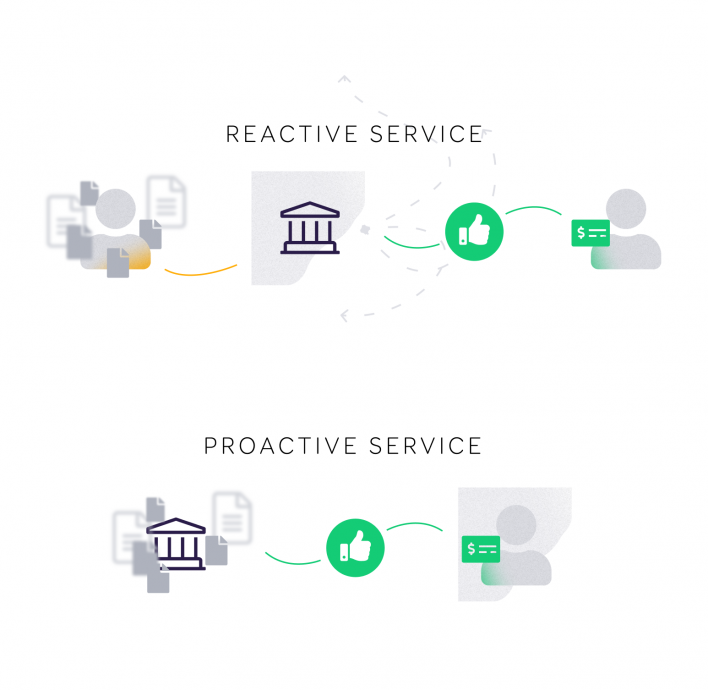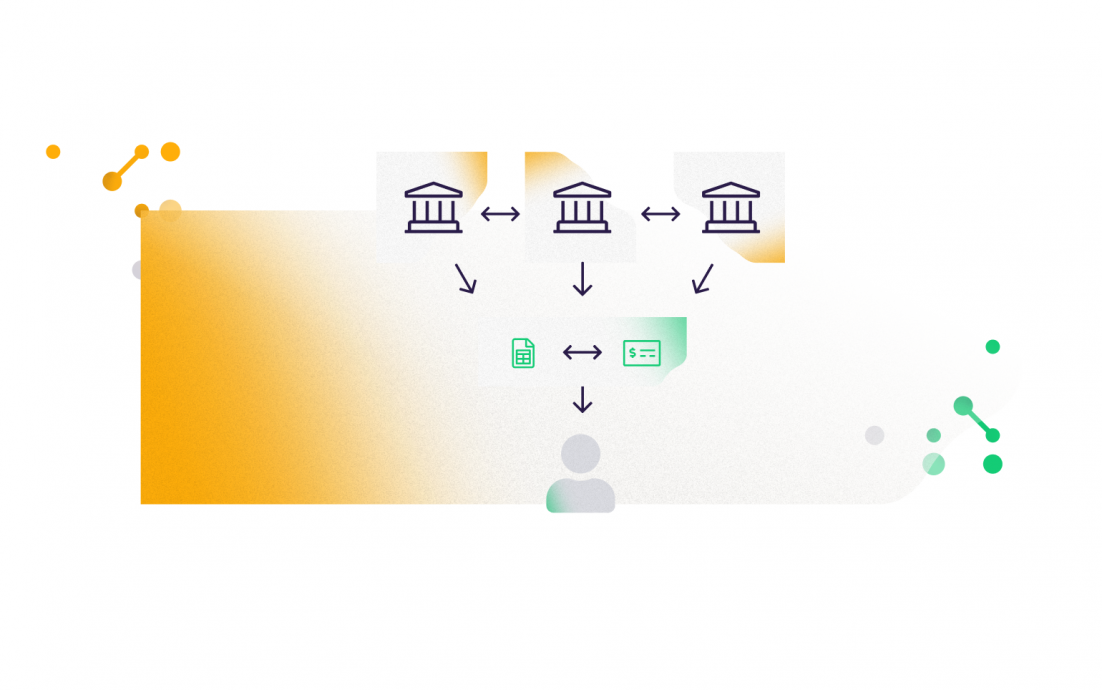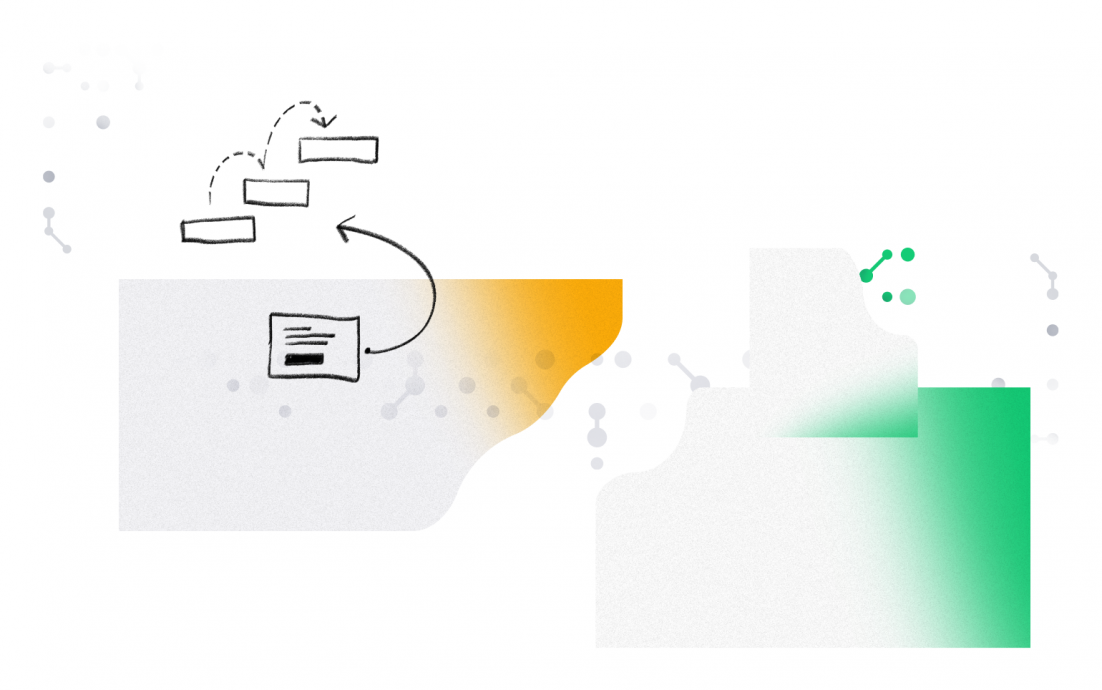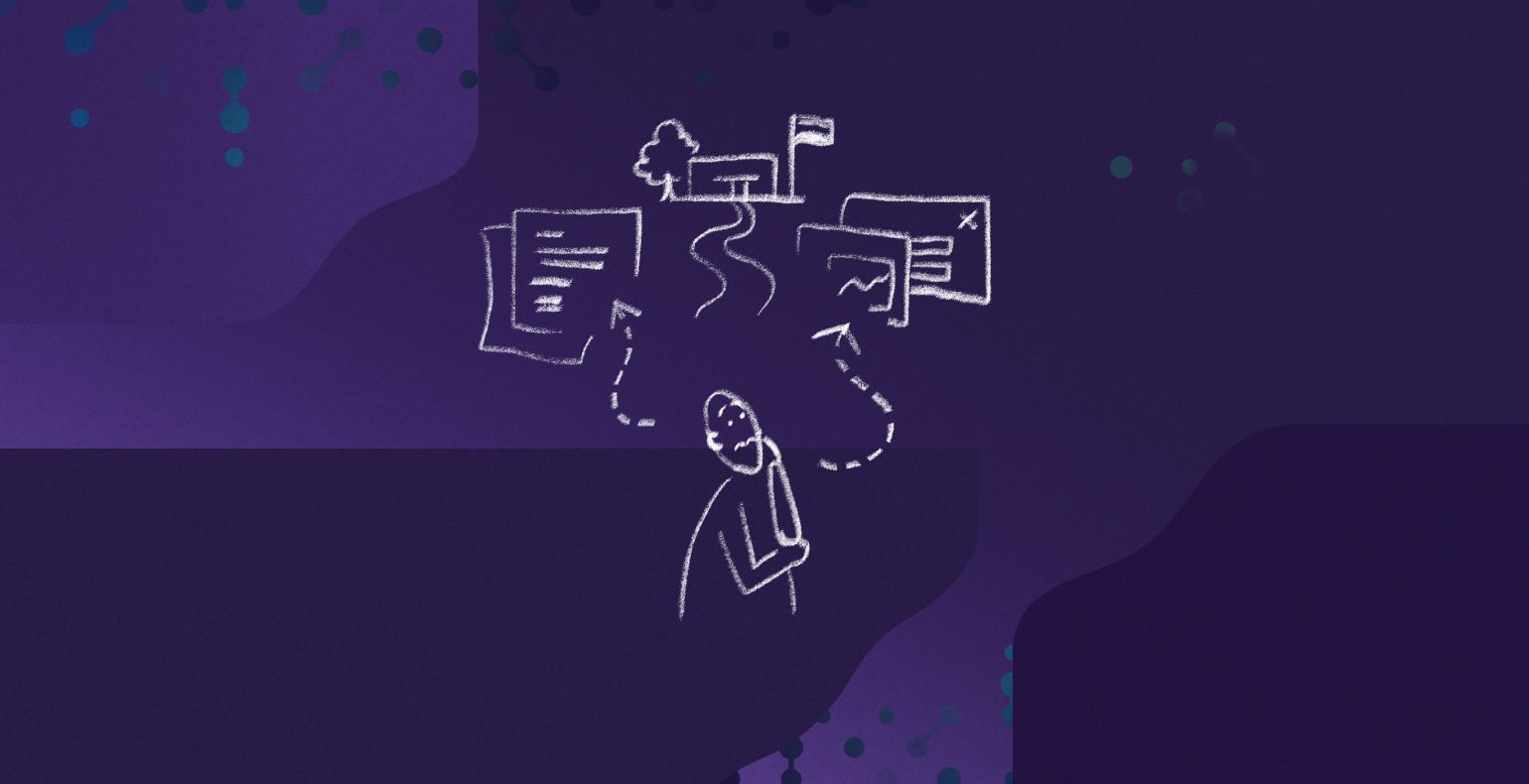Proactive event-based services, i.e., the next step in the Estonian digital transformation
We all consume public services, and the motive may be the birth of a child, purchase of a new home, retirement, or another important life event. We have been exposed to various public services projects in Trinidad Wiseman, and throughout, it is clear that people are not sufficiently aware of state and local government services and that consuming them is too complicated and time-consuming.
This article will discuss the problems related to public services and explain the nature of proactive event-based services with real-life examples.
What are reactive, proactive, and event-based services?
At present, the provision of public services is mainly reactive. This means that we have to look for contact with the state regarding an event in our lives (e.g., the birth of a child, purchasing a home, retirement).
The future direction is a proactive service offering, which means that as a consumer of the service, we receive the offer from the government authority automatically and do not have to look for contact with the government ourselves. It can all happen digitally or not, but digitally is often more effective.
Here are three prerequisites for proactive service provision to the service provider:
1. information about a person's life event must reach the relevant database;
2. have the ability to share the information received promptly with other related parties;
3. there must be a channel to communicate with the person whose life event is being dealt with.

A life event is a significant change in a person's life, necessitating a public service. For example, a couple's goal may be to have a child, which would affect and change the current state of their life. Here are some more examples of life events: studying on a general education level, having the right to drive, working, being unemployed, getting married, getting divorced.
An event-based service means that different authorities communicate and exchange data with each other to proactively send joint offers to a person based on their life event.
An initiated event is an event that triggers the provision of the event-based service as a whole. For example, in the case of the childbirth event-based service, the initiated event is the registration of the pregnancy. The first time a woman consults a midwife, a gynecologist, or a family doctor and her pregnancy is confirmed is considered the time of registration for that pregnancy. Information about the pregnancy is entered into the information system of the healthcare provider.
The termination criteria is an identifier that can be used to determine whether the event-based service has been completed. In the case of childbirth, the event-based service ends when the first payment of all family benefits covered by the project has been made. For example, a social services officer has initiated a process in the information system. As a result, the state family benefits will be paid to the parent monthly. The first payment is made at the initiative of the official, and subsequent payments are already made automatically.

Challenges with public services today
Let's take a moment and think about the difference between private and public service provision. The goal of a private sector service provider is for people to use its service. Therefore, they make their service visible, easily accessible, and usable to the customer. The service provider locates the customer himself and makes sure that his needs are met.
Imagine you are buying a new car. You will be proactively offered all the accompanying services - paperwork, the most suitable leasing offer, registration with the Road Administration, insurance, maintenance, etc. You save a lot of valuable time, and you win both with a service provider.
Based on interviews conducted in our previous projects, we can say that the availability of public services is low, and the path of consumption is more difficult for a person compared to the private sector. A lot of effort is needed to find the necessary and adequate information to consume the service. Next, we will examine the problems of public service provision in more detail:
1. Consumption of public services requires the initiative to come from the consumer. This means that they must know all of the following:
- the existence of the service and their right to it;
- all authorities involved in providing the service and the order in which they must be approached;
- the right communication channels for each authority (physical presence, e-mail, telephone, self-service).
2. The provision of life event services does not take place as a complete process. Currently, services related to life events are provided in a disjointed manner because of the following reasons:
- different parts of the services are provided by different institutions;
- the services of different institutions are not interconnected – the data exchange required to ensure this does not exist, so people must communicate separately with all of the institutions involved in providing the services;
- due to the lack of data exchange, the same data must be entered repeatedly;
- information about the services cannot be obtained from one place because it is scattered between different institutions.
3. The whole process is very long and depends on the following factors:
- every time someone contacts one of the institutions, there is a deadline within which they must receive a response (e.g., in Estonia, it is usually 30 days). For some services, people need to get in contact with the institution(s) several times and then wait for a response. If they are waiting behind several response deadlines, it may take months to fully use one service;
- appointments must be booked at different institutions;
- in some cases, people must account for long queues;
- data entry errors may occur, which are then followed by data verification and new response deadlines.
4. E-services have shortcomings and they are rarely used – operations are performed on paper or by e-mail.
The service consumer may or may not know all the rules of the above procedure by heart. However, if he does not find the relevant information and submit the applications in time, they may lose the intended benefits.

What are the benefits of the future solution for the state and the consumer of the service?
The development of event-based services is the next step in the Estonian digital transformation. The aim is to make the consumption of public services as easy and convenient as possible.
The government can take a step towards a consumer and significantly simplify our lives by making unnecessary bureaucratic activities "invisible." For example, instead of applying for subsidies, the state can proactively offer them themselves.
Public sector image and people’s satisfaction
The introduction of event-based services is beneficial for the country's image and the people's satisfaction. It increases motivation and the desire to consume public services and helps to significantly facilitate communication between a person and the government.
Achieving goals and independence
A more consumer-friendly approach towards the provision of the service contributes to the achievement of the goals of the government. For example, it is in the government's interest for the elderly to be as independent as possible.
Once the procedures for retirement and pension payments have been made as simple as possible, the consumer of the service can cope without any outside assistance. The more human-centric the provision of state services becomes, the more willing people are to consume them (e.g., filling in an income tax return form must be made so easy that it could be done in minutes).
Cost savings and availability of information
Automation and digitisation help save on labour costs. If a person must search for additional information to use a service, there that likely means that they need to contact different authorities. This places a heavy burden on the government's customer service staff. For example, the Health Insurance Fund and the Social Insurance Fund are already being contacted a lot with questions about future benefits during the pregnancy planning and pregnancy periods.
In the case of proactive solutions, which generate offers according to a specific life event, would help by decreasing the number of questions that arise. Additionally, not all operations (e.g., data entries) require a separate customer service representative in each different institution to conduct them – data entry can be automated AKA the data can be reused automatically.
Save time and avoid mistakes
Automation helps to save time on communication between government institutions. In turn, this means that the various specialists involved do not have to repeatedly familiarise themselves with the topic or delve deeper into the details. Repeated data entry and possible errors are thus avoided.
A proactive approach based on life events helps to save time and to reduce the workload across the whole process.
Having a child today vs. in the future
We will explain the current situation in more detail using the example of a specific life event: having a child in Estonia. The service consumer will come into contact with various very different institutions: the Estonian Health Insurance Fund, the Population Register, the Social Insurance Board, etc. The child must be given a name, and paternity must be confirmed (if the parents are not married).
Offering the service today
It is up to the parent to know or find out when and where to go to the authorities.. Often, services that precede each other also act as a prerequisite for each other. For example, family benefits or parental benefits cannot be claimed if there is no indication of the father's paternity in the register.
After the birth of a child, one must physically go to the family office to accept paternity and name the child. The whole bureaucratic side must be sorted out in a very short time after the birth of the child.
There is a lot of duplication on paper and in the information system. For example, data on the development of pregnancy is recorded twice on each visit on both the health information system and the paper pregnancy card.
Provision of public services in the future
In Trinidad Wiseman, we analysed various event-based services, and below, we describe the main changes that the vision for the future will bring with it when compared to the current situation, using the example of childbirth as an event-based service:
1. the services provided by the government are proactive, i.e., initiated by the government. This means that a person no longer needs to know which services they are entitled to and when they need to do something. The expectant mother still has to turn to a healthcare professional herself, but after that, the government can be proactive in initiating further actions.
2. in the future, the consumer of the service only needs to contact the state four times, instead of the current ten times– to register the pregnancy, to confirm the paternity, to confirm the benefits and paternity leave, and to name the child.
3. instead of many individual services, one complete service is created. As the various benefits and parental leave are closely linked, they will be considered as one whole for the consumer of the service in the future.
4. activities that require the service consumer to act are timed to the prenatal period. If today, most of the activities take place after the birth of the child, then the solution for the future is planned in such a way that confirmation of the paternity, applying for the benefits and paternity leave, and naming the child can occur before the child is born. This allows the parents to focus on raising the child after the birth of their child.
5. data entry repetitions are reduced. The only tasks that still remain for the service consumer to do are examining the notices concerning the services, supplementing pre-filled applications, and, if necessary, amending and approving them.
Conclusion







